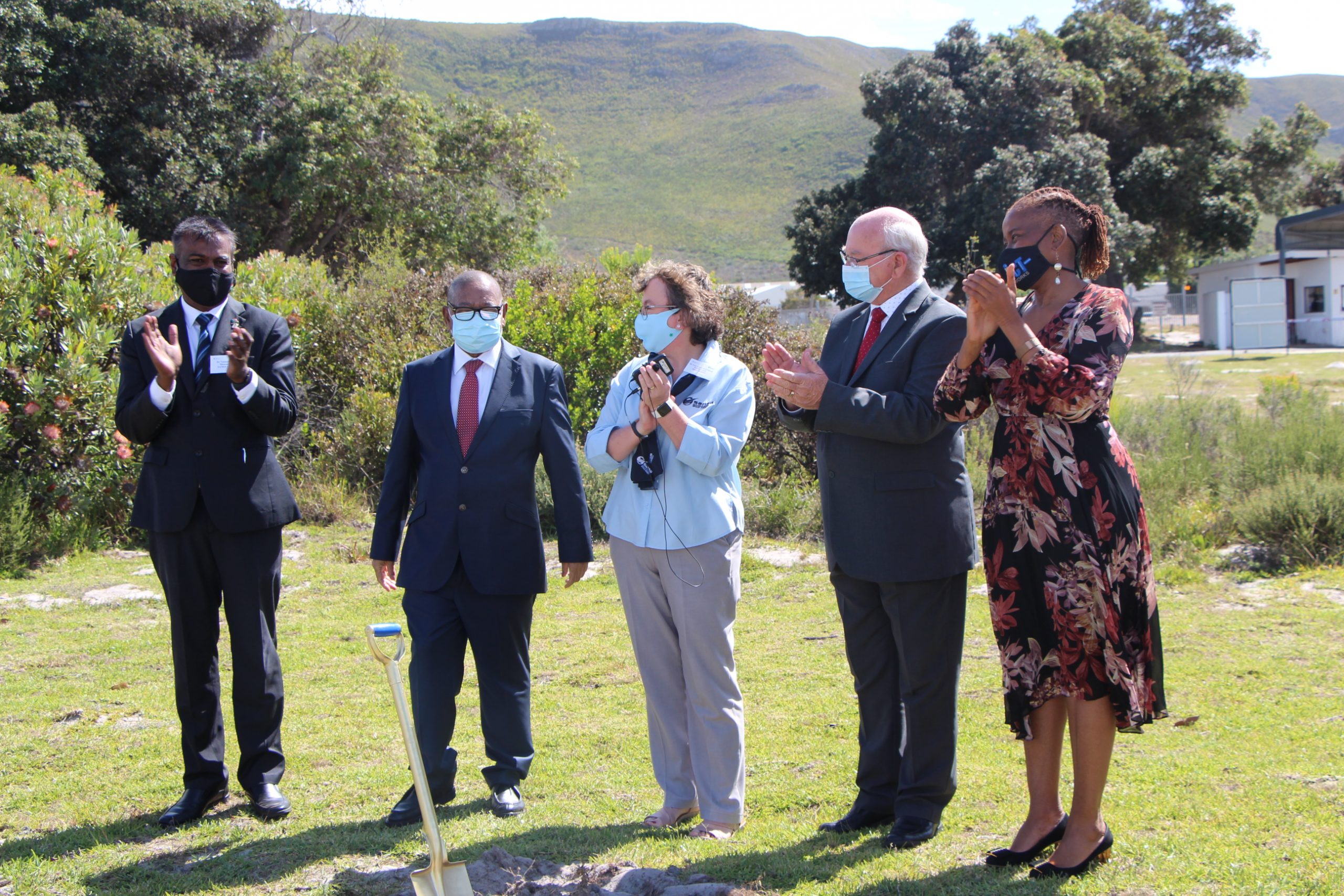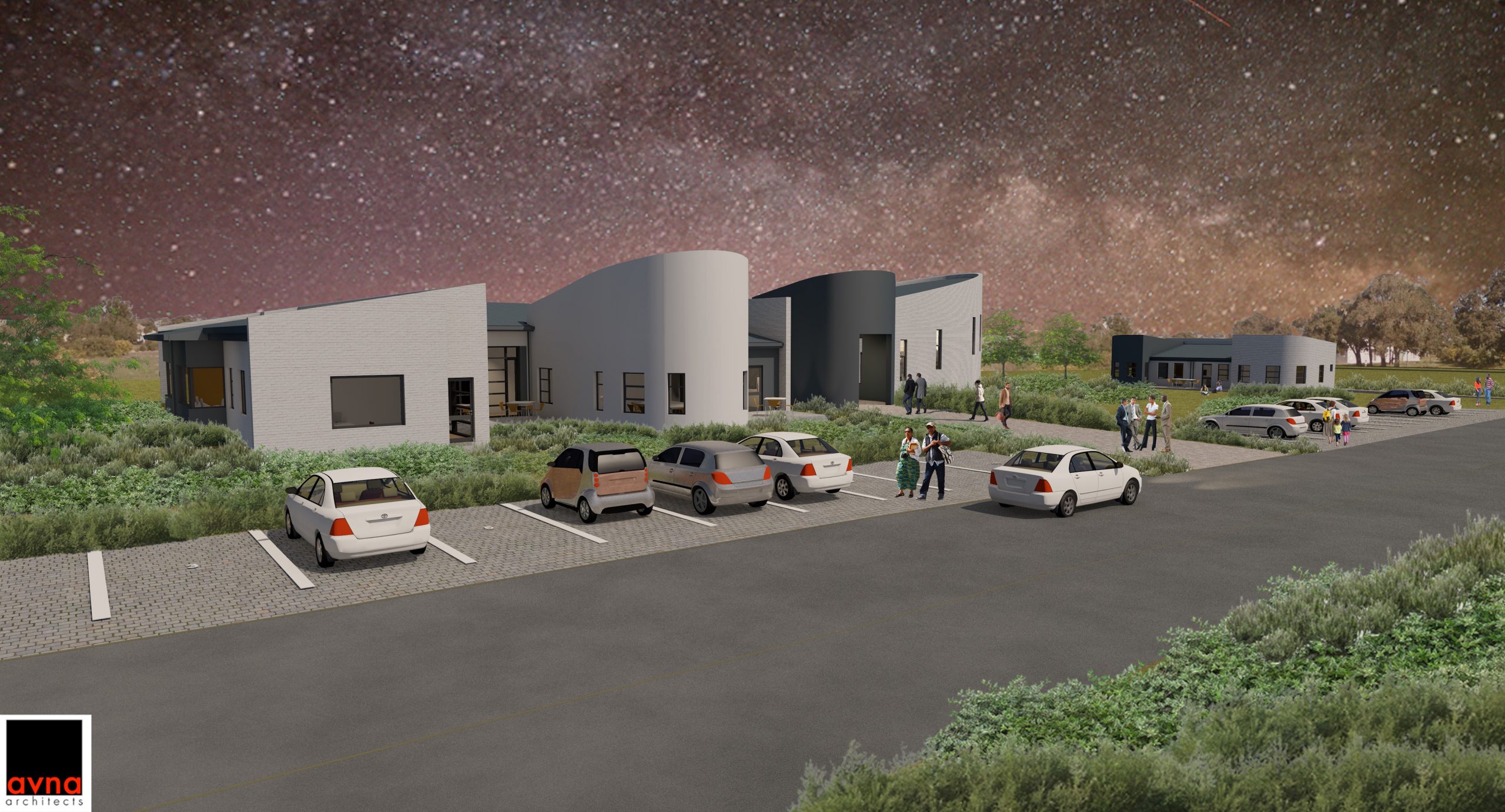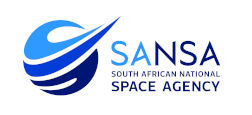
March 15, 2021
 MEDIA RELEASE
MEDIA RELEASE
From the South African National Space Agency
For Immediate Release
Pretoria, South Africa, 12 March 2021
Space Weather Centre, a new state-of-the-art facility provides aerospace security
For immediate release
The South African National Space Agency (SANSA) celebrated the start of its
construction project for a state of the art 24-hour Regional Space Weather Centre on
Tuesday 9 March 2021 during the official ground breaking ceremony at its facility in
Hermanus.
Minister of Higher Education, Science and Innovation, Dr Blade Nzimande applauded
the SANSA for its innovative approach to the global challenge of Space Weather
during his speech at the ceremony.
To comprehend the importance of monitoring space weather for the country, it is
necessary to note that much like terrestrial weather, space weather results from a
complex system driven both by the Sun and events much closer to Earth and the
impacts have significant social and economic impact to us all.
The Sun’s constant outflow of solar wind fills space with particles and plasma. This
solar wind, along with other solar events like giant explosions called coronal mass
ejections, influences the very nature of space and can interact with the magnetic
systems of Earth.
Space Weather can interfere with satellite electronics, communications, and GPS
signals, and even – when extreme – energy grids on Earth.
With the growing need to monitor space weather and its impact on communities and
our technology, SANSA joined the membership of the International Space
Environment Service (ISES) and contributed this service as the Regional Warning
Centre for Space Weather in Africa. SANSA currently has a limited focus (High
Frequency Communication impacts) research and development centre, which was
initially opened in 2010, and later upgraded in 2018, at its facility in Hermanus.
In 2019 SANSA embarked on a three-year project to move this centre from its limited
research and development focus to a full focus 24-hour operational space weather
centre which includes a new state of the art building on the SANSA Hermanus
Campus.
The funding resources required to establish the 24-hour operational space weather
centre amount to R70.89 million over three financial years, covering establishment
costs, operational costs, capital expenditure and human resources.
SANSA has appointed a contractor for this construction project that is set to
commence in April. It is expected that the Space Weather Centre will be fully
operational as a 24/7 full service centre from 1 October 2022.
The DSI has to date invested R40 million towards the project and will transfer a
further R30 million in the next financial year. Over the three-year establishment
period, approximately R15 million has been committed for the development of
Human Capital with the creation of jobs and necessary scarce skills to provide
service and product excellence. It is expected that the Space Weather Centre will be
fully operational as a 24/7 full service centre from 1 October 2022.
“The regional space weather information provider, will further grow the science,
engineering, technology and innovation sector, offering opportunities to develop
scarce skills and increase national research output, while ensuring that usable
products and services are generated for the safety of the nation and Africa at large,”
said Dr Nzimande.
Dr Lee-Anne McKinnell, Managing Director Space Science oat SANSA explained the
importance of the Space Weather Centre as a benchmark for excellence on the
African continent.
“The new Space Weather Centre will be a state of the art building that we can all be
proud of and the SANSA Hermanus campus will become something akin to a ‘space
park’ – the importance will not only be in what the building symbolises, it will be in the
value proposition for the nation and the continent that we have created by developing
a national capability in critical skills, a service that accrues domain specific and public
good benefits, positioning South Africa amongst global experts offering solutions to
this global challenge of space weather, and a motivational driver for young South
Africans that are our future space scientists.”
Dr Val Munsami, SANSA CEO agreed and emphasised that South Africa needs to
take up a leadership role in Africa in the space sector. “This is the first of many steps
towards our aspirational plans to expand the South African space programme for the
benefit of humanity.”
ENDS
(672 words)
Images accompanying the release:
Image1: SANSA CEO Dr Val Munsami, Minister of Higher Education, Science & Innovation
Dr Blade Nzimande, SANSA Managing Director: Space Science Dr Lee-Anne McKinnell,
Executive Mayor of the Overstrand Alderman Dudley Coetzee and SANSA Board
Chairperson Ms Xoliswa Kakana at the ground breaking ceremony for a new state of the art
24-hour Regional Space Weather Centre.
Image2: The Architect’s impression of the new state of the art 24-hour Regional Space
Weather Centre
NOTES to the Editor:
The SANSA Act mandated the formation of SANSA, and the agency was officially
launched in 2010. On 1 April 2011, SANSA became operational and united several of
South Africa’s efforts in Space Science and Technology under one banner. This
included the Hermanus Magnetic Observatory (HMO) from the National Research
Foundation (NRF) and the Satellite Applications Centre (SAC) from the Council for
Scientific and Industrial Research (CSIR).
On 1 April 2021, SANSA will celebrate 10 years as an operational entity of the
Department of Science and Innovation. Over the past decade, SANSA has delivered
an impressive array of products and services to meet the evolving needs of
government. In addition, SANSA has pioneering ground-breaking research
evidenced by exceeding the national per researcher publication rate consistently for
the past five years, delivered tracking and control services to international clients,
and brought space home to many citizens including the youth through science
engagement activities.
Postgraduate student training has increased significantly in space related projects
with scarce skill capacity being developed for many sectors.
The past 10 years have laid a solid foundation for SANSA’s future, and the space
weather centre ground breaking coinciding with the 10 year celebration is a symbol
of the growth in space related activities that can be expected in the next 10 years.
From 2011 onwards SANSA had 372 research publications from 68 authors,
covering topics in both Space Science and Earth Observation, and supported
approximately 450 postgraduate students in space related topics. Of the students
supported a number have been absorbed into the agency as researchers, or the
space industry as engineers.
For more information please contact:
Daleen Fouche, SANSA Communications Practitioner
Dfouche@sansa.org.za
028 285 0203 or 082 463 4073


